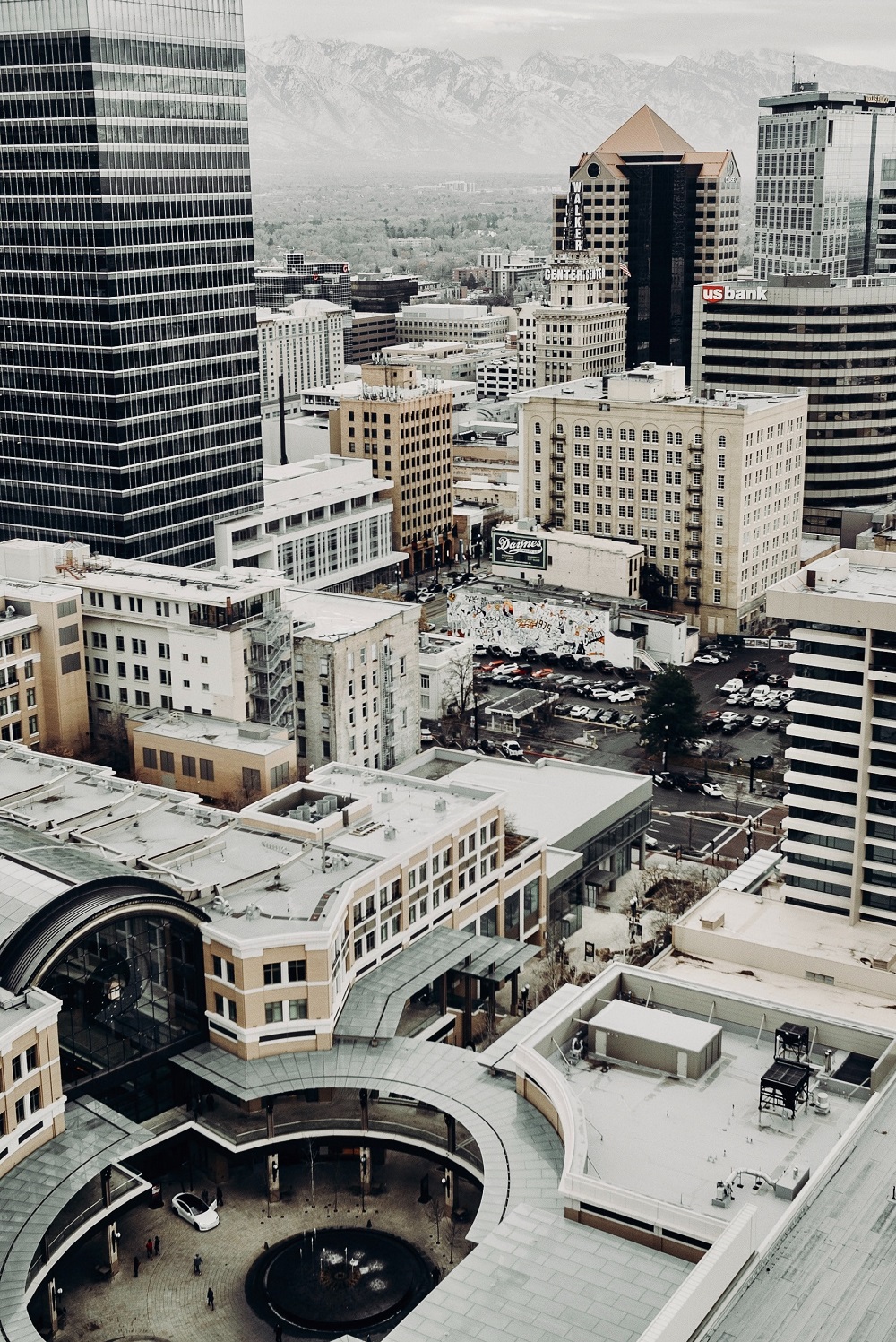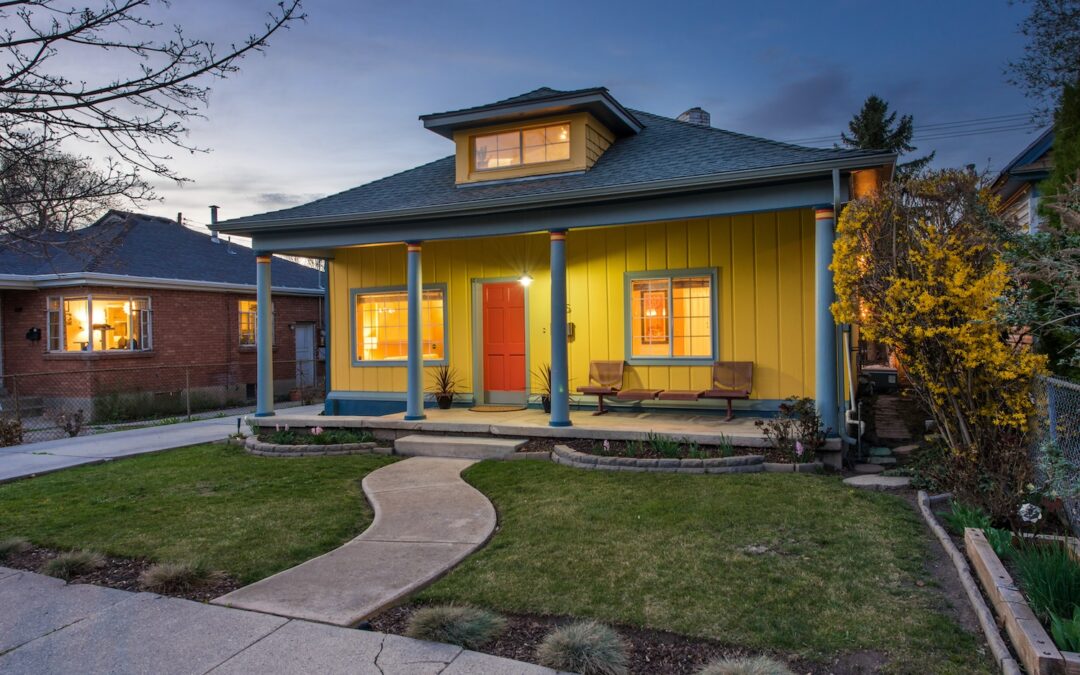The weather has been perfect in the valley
Golden leaves are falling from the trees
Mother Nature’s autumn grand finale
Her last call before the freeze
Thanksgiving happens in just three weeks
We’ll turn our clocks back this Saturday night
Snow is accumulating on our Alpine peaks
Old man winter is in sight
I love this time of year, the daytime temperatures are in the 50’s and 60’s, and the air is cleaner than it’s been in a while. It’s perfect for biking, hiking, camping, or whatever it is you like to do outside.
It’s also a great time of year for making soup or stew in the Crockpot, so for this month’s SLC Homes News, I’ll be serving up some real estate stew with a side of predictions for 2022. Enjoy!
Huge Home Value Appreciation in the U.S.:
According to the S&P CoreLogic Case-Shiller U.S. National Home price index, the national real estate market increased by 19.84% from September 1, 2020, to August 30, 2021. To put this in perspective, this one-year appreciation is more than double the most recent three-year annual appreciation rate of 9.36% and triple the ten-year annual appreciation rate of 6.60%.
So, is this appreciation sustainable? The short answer is “No,” but I do think we will see an average appreciation rate in home values in Salt Lake County in 2022.
Inflation is Rising:
The rate of inflation in the U.S. rose to 4.2% in April 2021, 5.0% in May and has been in the 5.3% to 5.4% range since June.
Over the last 10 years, inflation has been in the range of 0.1% to 3.2%. In the last 25 years, inflation has only exceeded 5% for a period of four months during 2008. The last time inflation reached 5.4% on an annual basis was in 1990 when it was exactly 5.4%.
The Federal Reserve is saying that they don’t think this high rate of inflation will last, but I’m not convinced.
There is still a shortage of labor to fill jobs, labor shortages result in higher wages and higher wages increase the cost of goods and services.
Also, it seems like the COVID-19 vaccine mandate for government employees and companies with over 100 employees, which make a lot of sense for our public health, could exasperate our labor shortage due to the significant number of U.S. citizens that are opposed to getting vaccinated, or the government telling them they have to get vaccinated.
Federal Reserve Tapers Quantitative Easing:
Back in March 2020, when the COVID-19 pandemic struck the U.S., the federal government took action to avoid an economic meltdown. Congress did its part with programs for economic relief and stimulus, like PPE loans for businesses, and expanded unemployment benefits for people that lost their jobs.
The Federal Reserve, which operates independently of Congress, began a period of Quantitative Easing to keep our economy afloat, which is what they did during the Great Recession.
Quantitative Easing is basically a combination of the Federal Reserve buying Treasury Bonds to raise money for the government and buying Mortgage Backed Securities to keep our mortgage market liquid and interest rates low.
The Federal Reserve committed to a total of $1.5 trillion dollars of Quantitative Easing in March 2020 at a rate of $120 billion per month. Later this month the Fed will begin to taper Qualitative Easing by $15 billion per month. This has been the plan all along, so no surprise here.
If the Fed is consistent on tapering, they’ll be out of the picture by July 2022, and then we’ll be at the mercy of the free market. This, combined with high inflation, will likely result in higher mortgage rates in 2022.
The Mortgage Banker Association predicts that the 30-year mortgage rate, which is currently at 3.0%, will increase to 4.0% in 2022.
If you own a home and haven’t refinanced yet or are thinking about buying, now is the time.
Housing Affordability in Utah:
Many would-be homebuyers, especially first-time buyers, are getting priced out of the market, and if interest rates increase, this trend will likely continue to get worse.
According to the Kem C. Gardner Policy Institute at the U of U, 72.8% of renters in Utah are now unable to afford a median-priced home. In 2019 that number was 63.1%.
The median price of a single-family home in Salt Lake County for the 3rd quarter of 2019 was $386,000; now, it’s $550,000. The median price for condos and townhomes was $275,000; now, it’s $389,000.
However, the local housing market will likely continue to appreciate this year because there is still a significant shortage of housing, inventory remains low, unemployment in Utah is 2.6%, there is a shortage of workers, and there isn’t a recession in sight.
Back in 2018, I attended a presentation given by Lawrence Yun, the head economist for the National Association of Realtors. At that time, he said that as the 30-year mortgage rate approaches 5%, the national residential real estate market slows down.
To put that in perspective, an increase in the 30-year mortgage rate from 3.0% to 5.0% increases the principal and interest payment by 27%.
When I’m not analyzing the real estate market and national economy, I sell homes and condos in and around Salt Lake.
If you have any questions about buying or selling real estate, wonder what your home is worth, or have a friend or family member that needs help, don’t hesitate to get in touch with me; I’d love to help!
Also, keep in mind that I offer professional home staging and photos for sellers as part of the deal, at no extra cost.
Thanks!
Kev




